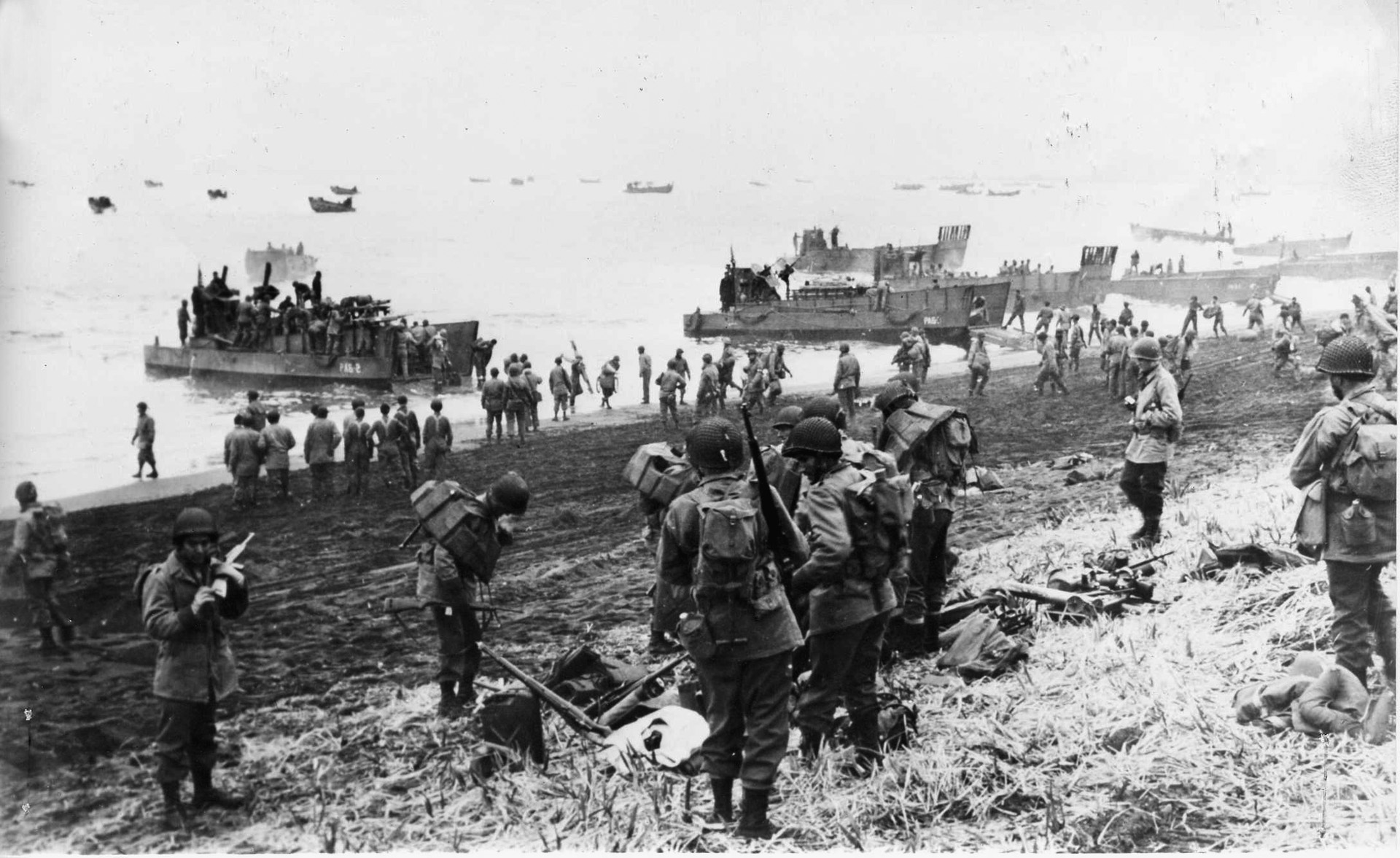Those who don’t know history are doomed to repeat it. Famous words echoed by generation upon generation that emphasize the wisdom to be found by looking back and not repeating mistakes that have already been made. We could also learn from our successes. One such success was the handling of the Cuban Missile Crisis. On the brink of World War 3, the United States and Russia faced down in what many thought would be the beginning of the end of days.Just off the coast of Florida, 90 miles away, sits the island nation of Cuba. In 1959 Fidel Castro seized control of the island and pledged support to the USSR. Shortly thereafter the United States attempted a coup through the failed Bay of Pigs Invasion. Following this action, the USSR was looking to settle the score. On the 14th of October a U-2 spy plane photographed the installation Russia’s SS-4 medium-range ballistic missile and thus the game of chess began. Nikita Khrushchev in a game of winner takes all high stakes gambling, sought to put nuclear weapons on the United States doorstep. The United States had the upper hand with missiles already in Europe and Turkey. President Kennedy and his cabinet determined that the presence of the missiles was totally and utterly unacceptable. They weighed the options and decided that the best way to avoid any further conflict would be to establish a blockade of the island using the United States Navy, and demand that existing missiles be removed. The world held its breath, many believing this was it. The two superpowers would collide and nuclear war would ensue. Soviet ships approached the blockade. They stopped short. While this solved the problem of additional missiles getting into Cuba, the problem of the missiles already in Cuba remained. On October 27th an American reconnaissance plane was shot down while photographing the sites.

The end of the standoff occurred when Nikita Khrushchev sent a letter to Kennedy promising it would dismantle its missiles if the United States promised to not invade the island nation. Khrushchev also sent a second letter demanding that the U.S. remove its missiles in Turkey. Publicly the administration honored the first letter and ignored the second, however, in a meeting with the Russian ambassador, Robert Kennedy (U.S. Attorney General) agreed to dismantle the missiles in Turkey a few months after the tensions had eased.Everyone was able to save face and everyone was able to avoid nuclear war.



%201.svg)









